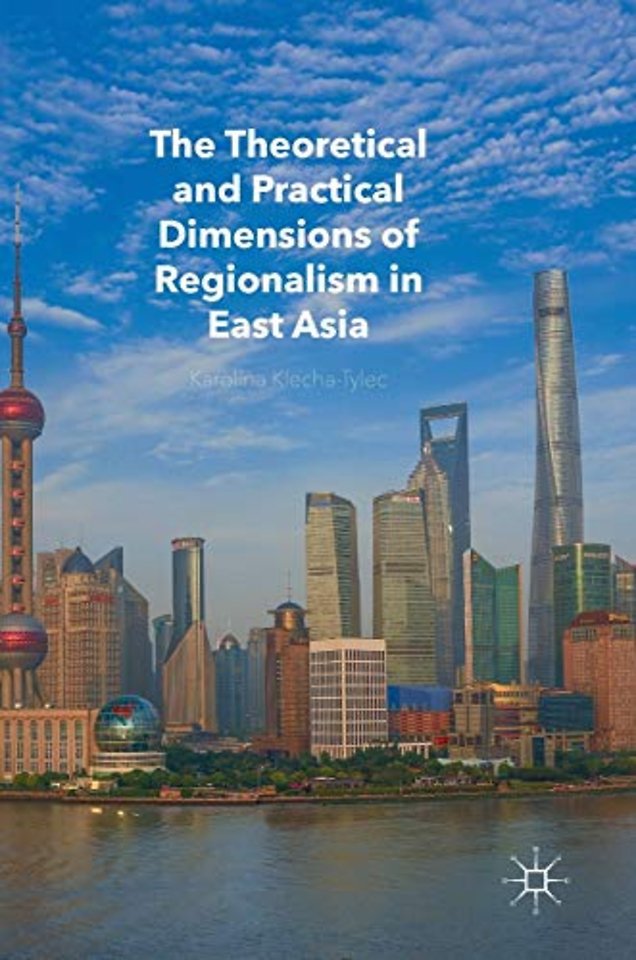The Theoretical and Practical Dimensions of Regionalism in East Asia
Samenvatting
This book provides a comprehensive overview of developments in East Asian regionalism, combining qualitative evidence with empirical quantitative analysis. It argues that two dominant processes have formed East Asian regionalism: 1) regionalization, and 2) inter-regionalism. Klecha-Tylec examines the differences between traditional and new regionalisms as they apply to East Asia; the differences between East Asian and European regionalism; the role of the United States in shaping regional links; and the evolution of the three key structures of ASEAN, ASEAN+3, and Asia Summits. The book is unique for examining together the network, zonal, and geospatial dimensions of relations in East Asia as they apply at micro-regional, sub-regional, macro-regional, trans-regional and inter-regional levels. The book offers a detailed analysis of intra-regional links and the hybrid relationships between micro-regions and nation-states.
Specificaties
Inhoudsopgave
Net verschenen
Rubrieken
- aanbestedingsrecht
- aansprakelijkheids- en verzekeringsrecht
- accountancy
- algemeen juridisch
- arbeidsrecht
- bank- en effectenrecht
- bestuursrecht
- bouwrecht
- burgerlijk recht en procesrecht
- europees-internationaal recht
- fiscaal recht
- gezondheidsrecht
- insolventierecht
- intellectuele eigendom en ict-recht
- management
- mens en maatschappij
- milieu- en omgevingsrecht
- notarieel recht
- ondernemingsrecht
- pensioenrecht
- personen- en familierecht
- sociale zekerheidsrecht
- staatsrecht
- strafrecht en criminologie
- vastgoed- en huurrecht
- vreemdelingenrecht

